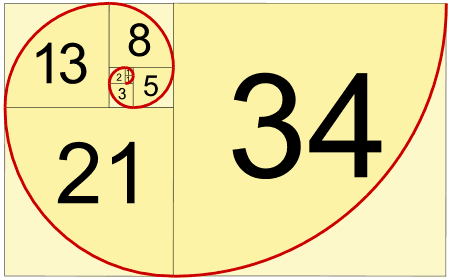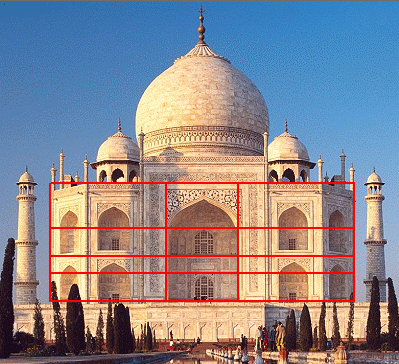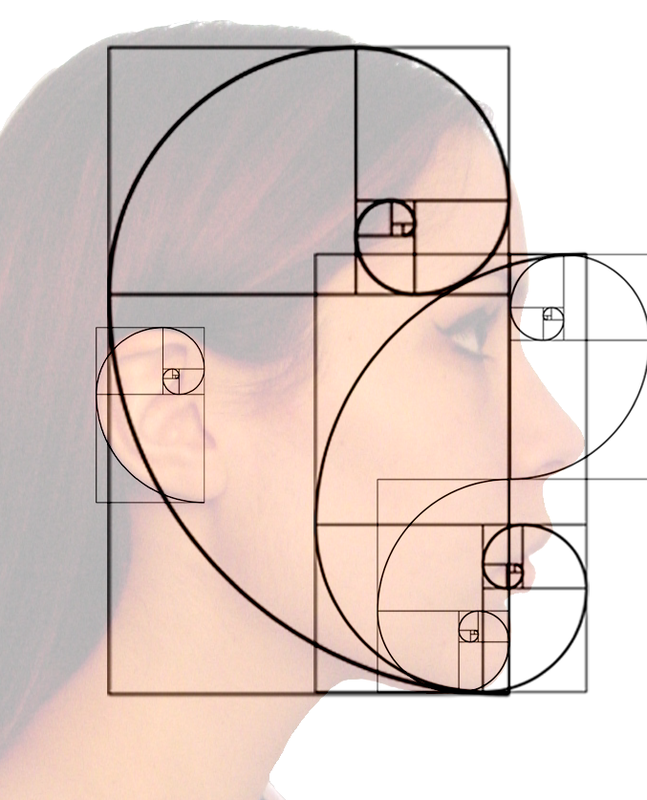Probability – the next (and successful) leap in convincing me of how relevant mathematics actually is. This module has been effective in changing previously negative perceptions of maths, one of which in particular is that the terms ‘maths’ and ‘complex’ go together like bread and butter – this is not the case. Granted, parts of it can, as with anything. However I can vouch from my personal ongoing experience that if if we allow it to, it can be an enjoyable art.
Very briefly, probability is just what it sounds like – the likelihood of a certain event taking place or not. (Boaler, 2009). To use one of the most basic examples, the likelihood of rolling a ‘4’ on a dice. Well, there’s only 1 ‘4’ on a dice and this is known as the sample point. There are 6 possible outcomes overall (the values of 1-6), and this is known as our sample space. The probability of ending up with a ‘4’ on the roll of a dice is 1/6. Whilst the terminology was new to me, the concept is simple enough (Don’t Memorise, 2014).

Schools Minister Nick Gibb identified 3 purposes to education in a 2015 speech, one of which was “preparation for adult life” – a quotation that is very fitting in regards to probability (The Purpose of Education, 2015). Like many other aspects of mathematics such as money and time, chance and probability is a relevant concept we use on a daily basis. The weather is an excellent example of this assertion. Before leaving for the bus in the morning, it’s very likely I’ll ask “Alexa, what is the weather in Dundee today?”. Now personification aside, I would be very surprised if she told me “It will definitely rain today for 3 hours straight”.
What she might tell me is “It probably won’t rain in Dundee today. There’s only a 25% chance“.
Since meteorologists cannot predict the exact weather conditions, they must make informed predictions (Tucker, 2018). The information we take from them may not emerge as being correct however – a 25% chance of rain does not eliminate the possibility. Regardless, it does help us make  judgement calls – will I take a raincoat, or can I leave it in my back so there’s more space for collecting my library books? With only a 25% chance, its probably going to be the latter of the two. The decisions we make from probability do not just have to relate solely the weather, of course (Haylock, 2006). Informed decisions are a major part of any human’s life, and they can range from purchasing properties in Monopoly at a family game night, to choosing the best day to practice surfing based on the tidal/wave conditions, or indeed, making the right call in the world of gambling.
judgement calls – will I take a raincoat, or can I leave it in my back so there’s more space for collecting my library books? With only a 25% chance, its probably going to be the latter of the two. The decisions we make from probability do not just have to relate solely the weather, of course (Haylock, 2006). Informed decisions are a major part of any human’s life, and they can range from purchasing properties in Monopoly at a family game night, to choosing the best day to practice surfing based on the tidal/wave conditions, or indeed, making the right call in the world of gambling.
I myself work at an indoor amusements/arcade, however my responsibilities of managing children’s parties mean I have never dabbled with the ‘nudgers’ that to me are nothing more than complex machines with countless buttons and symbols on them. Unlike the simple example of rolling a singular die to get a number explained above, these machines have multiple possible combinations (i.e. the sample space). Obviously, as with any business, the company intends to make a profit from the service it provides. As such, they are going to benefit in winnings a lot more than we are – even if we don’t witness that fact. The video below explains the basic functions of a slot machines, including what is meant by the terms theoretical payout and actual payout.
With these terms in mind, I spoke to one of our regular customers, who makes a guaranteed (okay, ‘extremely likely’) appearance at my work every weekend. I questioned him about his knowledge of gambling, and was consequently given a tour of the arcade, where he impressed me by pointing out which machines are best for winning (i.e. the best turnout rate, along with which ones were likely to give you an extra pound coin that may be stuck in the coin mechanism, or which machine is likely to have some loose change hidden at the back of the darkened retrieval pot. This man in particular has been coming to the establishment for years, so I was very interested to know how much profit his knowledge and skill set have rewarded him with – except he doesn’t. To lift his own words, “pure entertainment value”. He knows he is going to lose money regardless of what he plays, and this once again links back to how the actual payout of slot machines are ALWAYS greater than the money put in – you are technically losing more than getting back (tech4truth, 2010). This is not a new concept either. Charles Fey, who invented the first slot machine (3 reels, 5 symbols), had a 75% average pay-back! That may seem great at first glance, it only paid out 50% of the time (Valentine, 2018). There may be that faulty machine in the corner of the room, or perhaps you are being watched by a ‘lurker’ waiting to pounce at the right opportunity to steal your winnings. Even then though, they are using their knowledge of probability of knowing when to swoop in.

To summarise all of this, probability and chance is something we use everyday in a variety of circumstances. It can become part of subconscious, much like the process of respiration and blinking, where we only realise we are doing it when we are told so. This area in particular is such a huge foundation in regards to our everyday choices. I’m truly beginning to realise that Maths isn’t just about sitting at a high school desk, attempting to find ‘x’ and losing your mind whilst you do it. There’s so much more to it, and just because it’s not an equation, that doesn’t make it any less maths-related.
Also, apologies – chances are you’re now aware you’re breathing and it won’t be a subconscious process for a little bit.
References
Boaler, J. (2009) The Elephant in the Classroom: Helping Children to Learn and Love Maths. London: Souvenir Press Ltd.
Don’t Memorise (2014). Probability – Sample Space, Sample Points, Events! Available at: https://www.youtube.com/watch?v=5oI8-iQqPAI (Accessed: 18th October 2018)
Gambling Glossary: A Guide to Gambling Terms. (no date). Available at: https://www.gambling.net/glossary.php (Accessed: 18th October 2018)
Haylock, D. (2006) Mathematics explained for primary teachers. London: SAGE.
Probability. (no date) Available at: https://www.mathsisfun.com/data/probability.html (Accessed: 18th October 2018)
tech4truth (2010) Slot Machine Paybacks and Slot Odds Explained (Tech4Truth Episode 3) Available at: https://www.youtube.com/watch?v=4wzg-8QKC5s (Accessed: 18th October 2018)
The purpose of education. (2015) Available at: https://www.gov.uk/government/speeches/the-purpose-of-education. (Accessed: 18th October 2018)
Tucker, K. (2018) Examples of Real Life Probability. https://sciencing.com/examples-of-real-life-probability-12746354.html (Accessed: 18th October 2018)
Valentine, E. (2018). ‘Chance and probability’ [PowerPoint presentation]. ED21006: Discovering Mathematics. Available at: https://my.dundee.ac.uk/webapps/blackboard/execute/displayLearningUnit?course_id=_58988_1&content_id=_5217952_1. (Accessed: 18th October 2018)
Images Used
https://www.wikihow.com/Calculate-Probability





